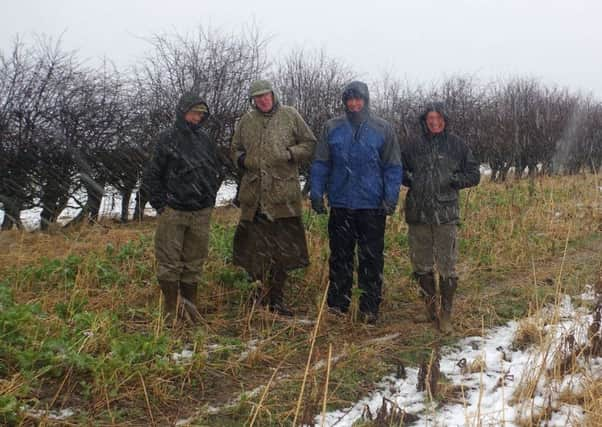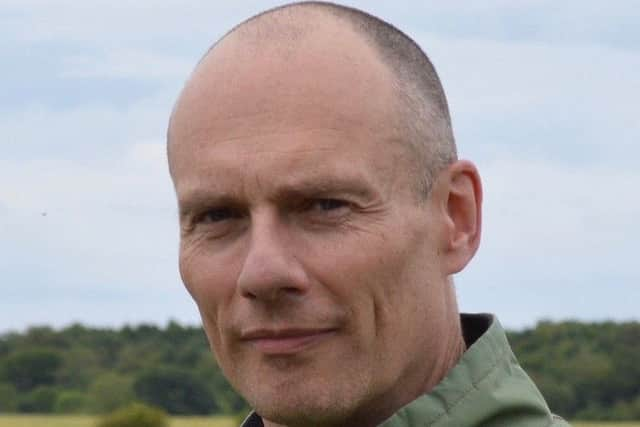Dr Dave Parish: Big Farmland Bird Count can tell us a lot


In Scotland, 43 farmers took part, recording 79 different species across 32,424 acres. This year the ten most commonly seen species were woodpigeon, blackbird, pheasant, chaffinch, buzzard, robin, blue tit, carrion crow, great tit and house sparrow.
A total of 18 red-listed species were seen with four of these making it into the top 20: house sparrow, starling, yellowhammer and fieldfare.
Advertisement
Hide AdAdvertisement
Hide AdOverall, the ten most counted birds recorded this year in Scotland were woodpigeon, rook, chaffinch, common gull, jackdaw, greylag goose, starling, house sparrow and pheasant.


GWCT publishes output from the survey in two ways. Most commonly seen ranks species by the percentage of respondents that recorded them on their land and most counted ranks species by the total number of that species recorded across the whole count.
A lot of the work we are doing directly benefits farmland birds. For the PARTRIDGE project, despite the name, we are monitoring several wild farmland species, birds and mammals, and the work we are doing with game crops, cover crops, endriggs and field margins at Whitburgh and Balgonie tells us a lot about many wild bird species.
For the Big Farmland Bird Count at Whitburgh Farms in Midlothian and East Lothian, 14 species of birds were counted and a total of 106 individual birds. Highest in number were chaffinch, with a flock of 60 flitting between the crop and one of the nearby feeders, as well as 19 yellowhammers and a few reed buntings. Five grey partridge were also spotted.
It wasn’t only the grain-eaters that were drawn to the abundant food source with one of the local sparrowhawks also putting in an appearance.


The survey nationwide included important environmental features such as hedges, woodland, ponds, grass margins, ditches and trees.
Some survey sites were next to winter cereals, grassland and overwintered stubbles, and provide a good demonstration of the variety of habitats present in farmland across the UK.
The Big Farmland Bird Count is a snapshot of the success of wild birds on our farmland and informs farmers about the excellent work they are doing to keep farmland bird populations in good health. As ever, it would be good to see more farms and estates in Scotland getting involved in this very simple monitoring exercise in 2019.
See the national UK results at www.gwct.org.uk/farming/big-farmland-bird-count/
Dr Dave Parish, head of Lowland Research, GWCT Scotland.